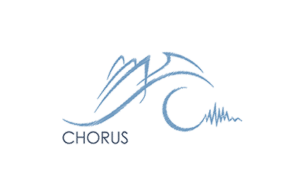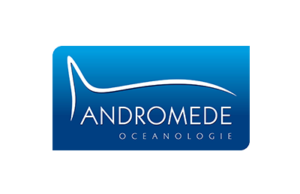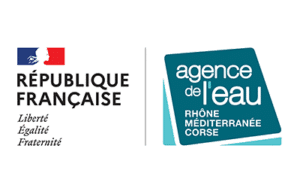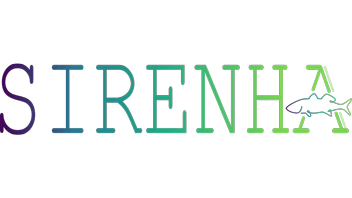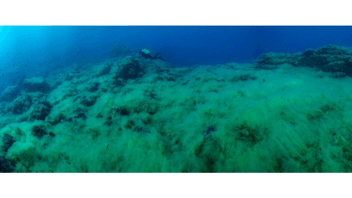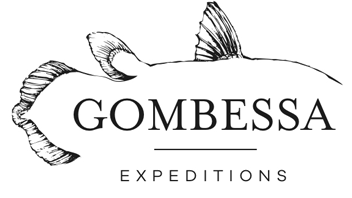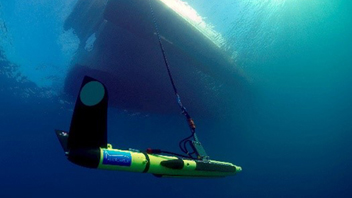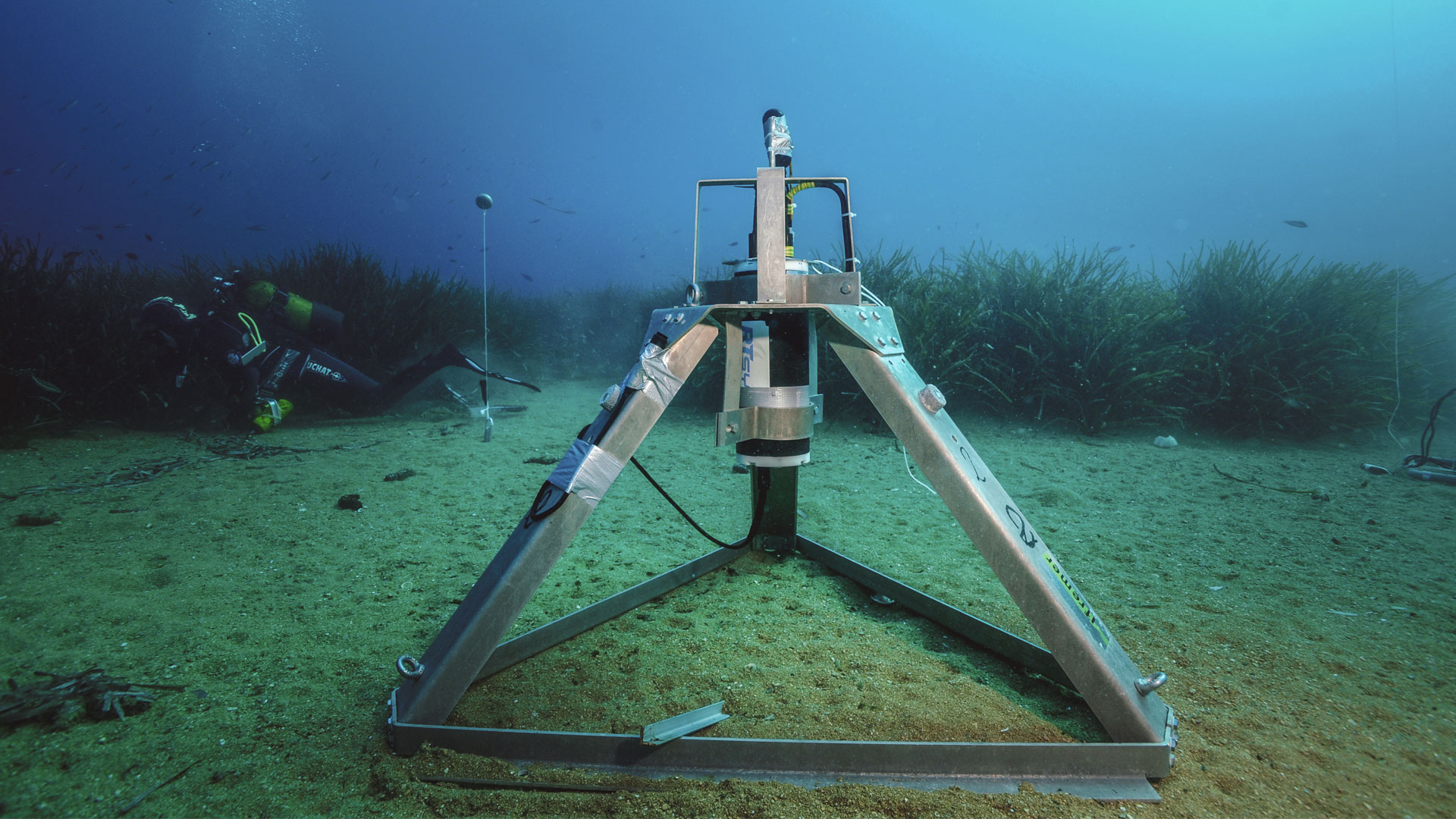
ACOUSTIC CHARACTERIZATION OF THE MEDITERRANEAN COASTLINE AND ITS ECOSYSTEMS
Applying acoustic ecology methods, CALME is the passive acoustic environmental monitoring network for the “Western Mediterranean” marine sub-region, created in 2015 by CHORUS in partnership with the RMC Water Agency. It contributes to the collection of in situ measurements for the European Marine Strategy Framework Directives (MSFD, descriptor 11).
Thanks to a sampling program unique in Europe, CALME measures underwater acoustic landscapes on the scale of the marine sub-region. The “façade screening” data, shared with the TEMPO and RECOR networks, focuses on Posidonia oceanica meadows and coralligenous assemblages. Since 2024, biophonic data (sounds emitted by marine animals) and anthropophonic data (sounds emitted by human activities) have been integrated directly into the associated TEMPO and RECOR projects.
The MAGMA project continued in 2017, when it was integrated into the CALME network. Mobile measurement transects using acoustic gliders complete the CALME system for the offshore. These are SEAEXPLORER autonomous underwater gliders deployed by Alseamar. The technological tests were validated in 2016, and a first exploration of 778 kilometers and 30 days took place between Toulon and Calvi in September 2017.
This work is licensed under a Creative Commons Attribution-NonCommercial-NoDerivs 3.0 Unported License.
Contact: Cédric Gervaise (cedric.gervaise@chorusacoustics.com)
Project sponsor: CHORUS Fondation Grenoble INP – http://chorusacoustics.com
Update frequency: Annual for the façade screening and quarterly for the fixed points.
Partners: Alseamar, Andromède Océanologie, Parc Marin Côte Bleue, STARESO, Agence de l’eau Rhône Méditerranée et Corse
Study reports
